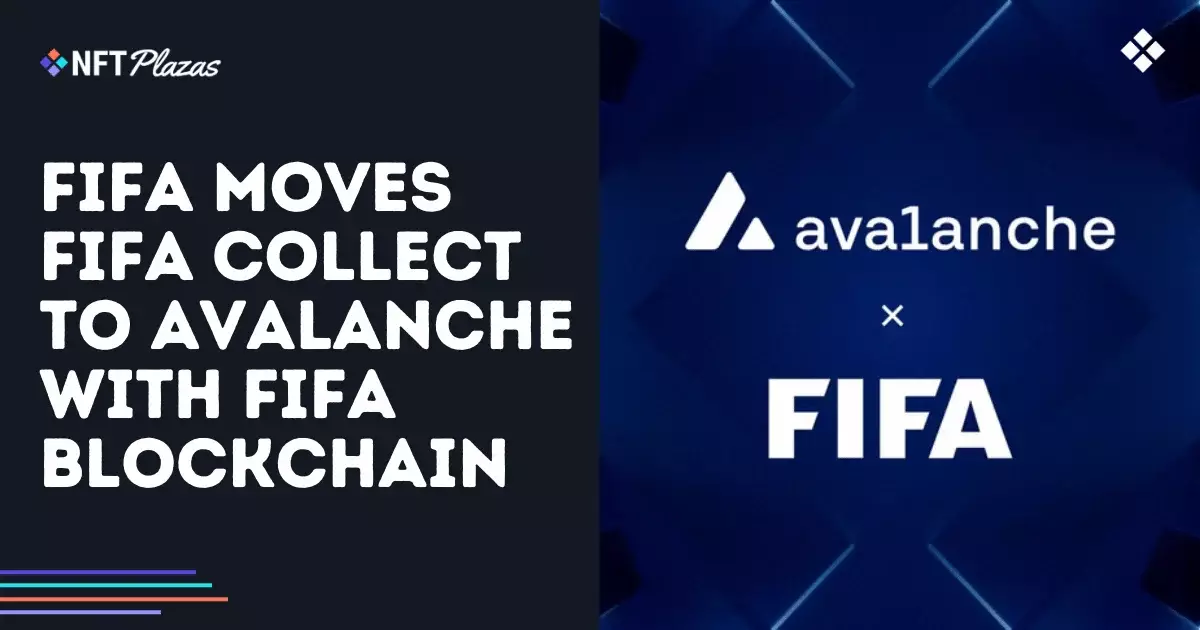In a landscape increasingly dominated by digital innovation, FIFA’s recent partnership with Avalanche to create a custom Layer-1 blockchain marks a seismic shift in how sports organizations can harness technology for fan engagement. With the launch of FIFA Collect, a platform set to host existing and future digital collectibles, FIFA is not merely dipping its toes into the waters of blockchain; it’s making a bold splash. This venture embodies a forward-thinking mentality, one that recognizes that digital collectibles can enhance fan experience significantly, transcending traditional boundaries of interaction.
Migration Challenges: A Necessary Evil
However, this leap is not without complications. The need for users to migrate from Algorand-based wallets to Ethereum-compatible ones such as MetaMask creates obstacles that could alienate some fans. This transitional phase may initially breed frustration among users who are not technologically savvy or who might feel left behind. While the move aims to simplify access in the long term, the immediate implications bear the risk of disenfranchisement. The reality is that technological advancement comes with a learning curve, and for FIFA’s broad, diverse fanbase, ensuring that no one is left behind must be part of their strategy.
Fast Transactions: A Competitive Edge
One of the standout features of Avalanche’s infrastructure is the promise of fast transaction speeds and low costs, crucial during high-traffic events such as the World Cup. Imagine millions of fans wanting to trade collectibles in real-time while an international match is underway. Inefficiencies in transaction processing could lead to missed opportunities—something FIFA aims to avoid. By prioritizing a smoother digital experience, FIFA is positioning itself not just as a football organization but as a leader in the digital age, leveraging blockchain to revolutionize the fan experience.
Scalability and Customization: Future-Proofing the Platform
The decision to adopt a custom Layer-1 blockchain reflects FIFA’s ambition to not only support current needs but also future expansion. This foresight shows a dedication to longevity and adaptability in an industry characterized by rapid changes. The compatibility with the broader Ethereum ecosystem allows FIFA to tap into a wealth of existing tools and technologies, ensuring they are not building their brand in isolation. Yet, this reliance on established networks raises questions about the risk of becoming too intertwined with the Ethereum landscape, which carries its own fluctuations and challenges.
The Financial Dynamics at Play
One cannot ignore the financial incentives that drive such a move. Avalanche offers low transaction fees, which could lead to increased participation and trading within FIFA Collect. As the platform gains traction, this economic model may also usher in a new revenue stream for FIFA, one that is significantly reliant on user engagement and transactions. However, this raises ethical questions around monetization in a space that should ideally focus on community and connection rather than profit.
While FIFA’s blockchain gambit through Avalanche is undoubtedly a bold move towards modernization, it comes with risks that cannot be overlooked. As the platform evolves, vigilance will be necessary to consider the balance between innovation and accessibility, ensuring that the very fans they aim to engage do not feel sidelined in the process.


Leave a Reply